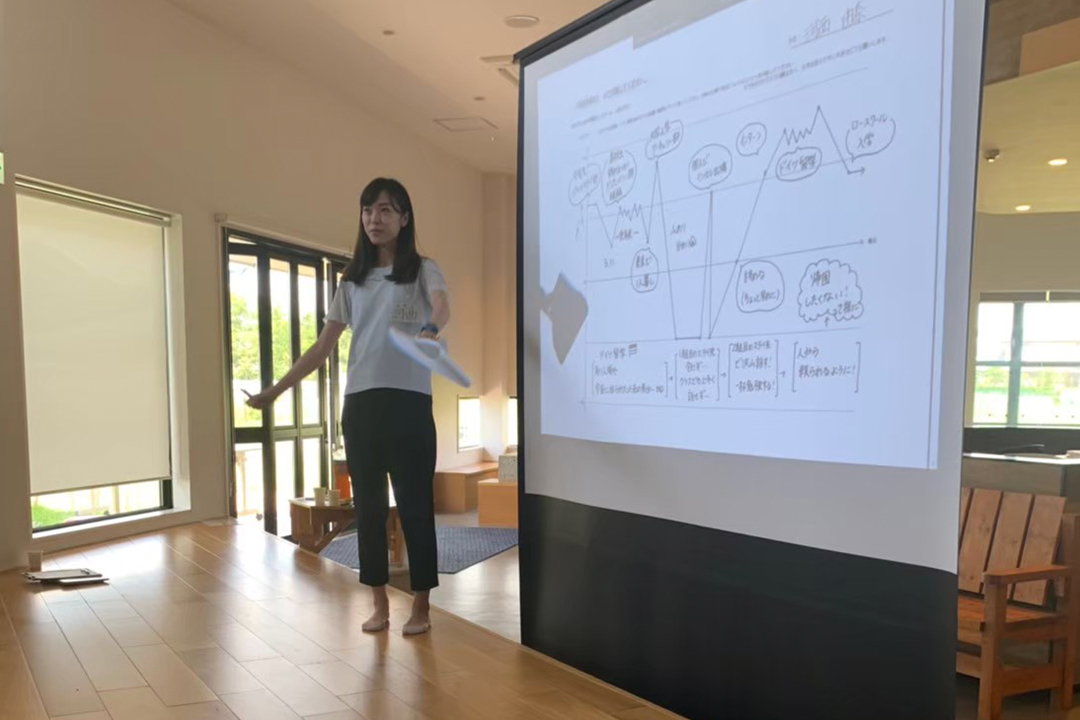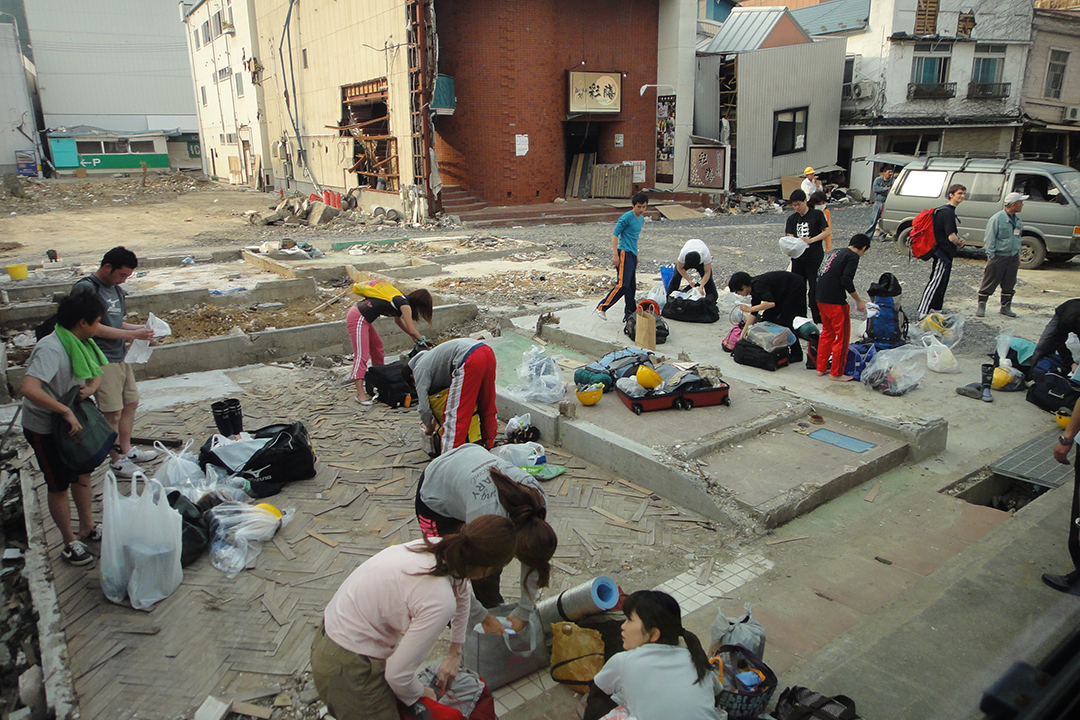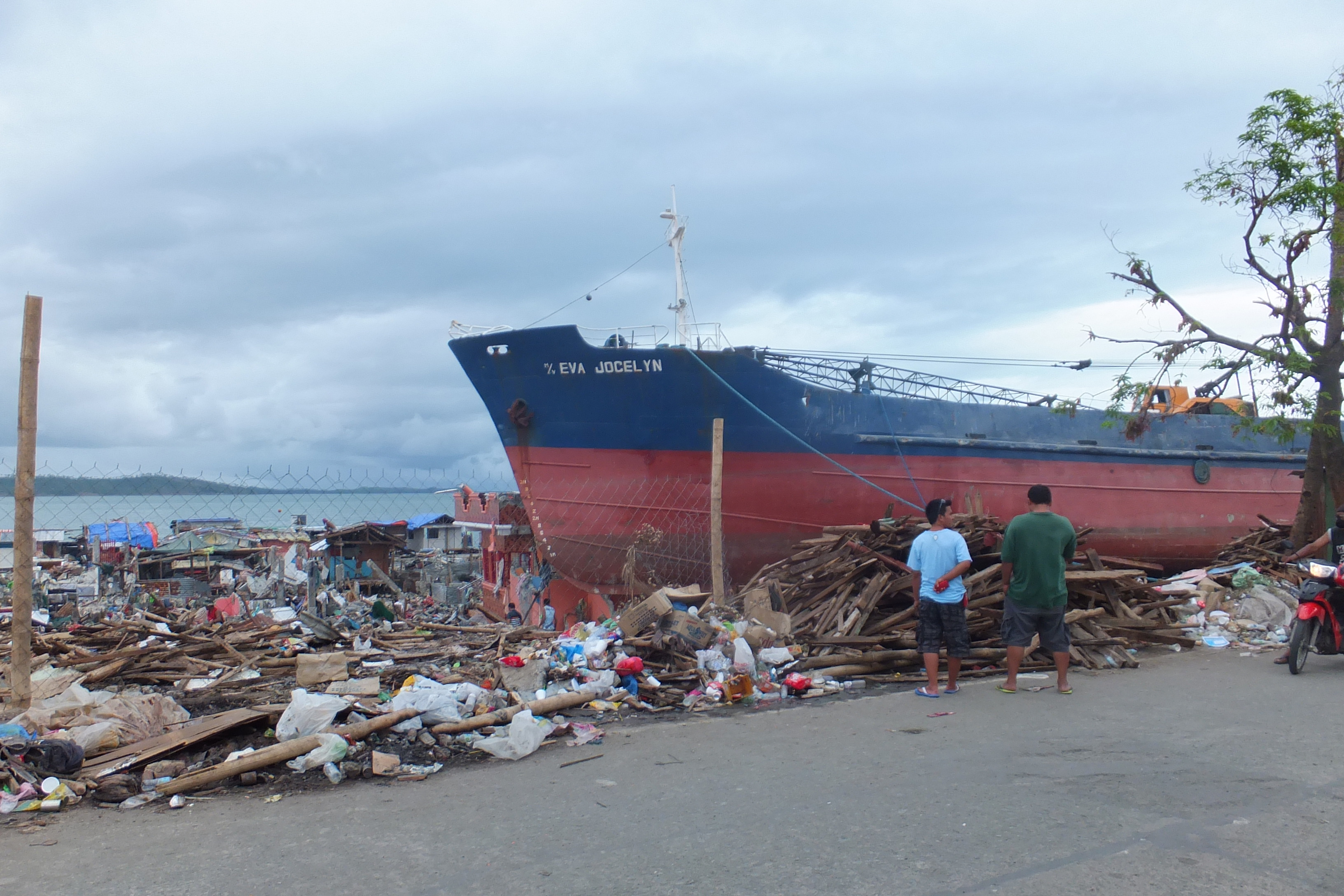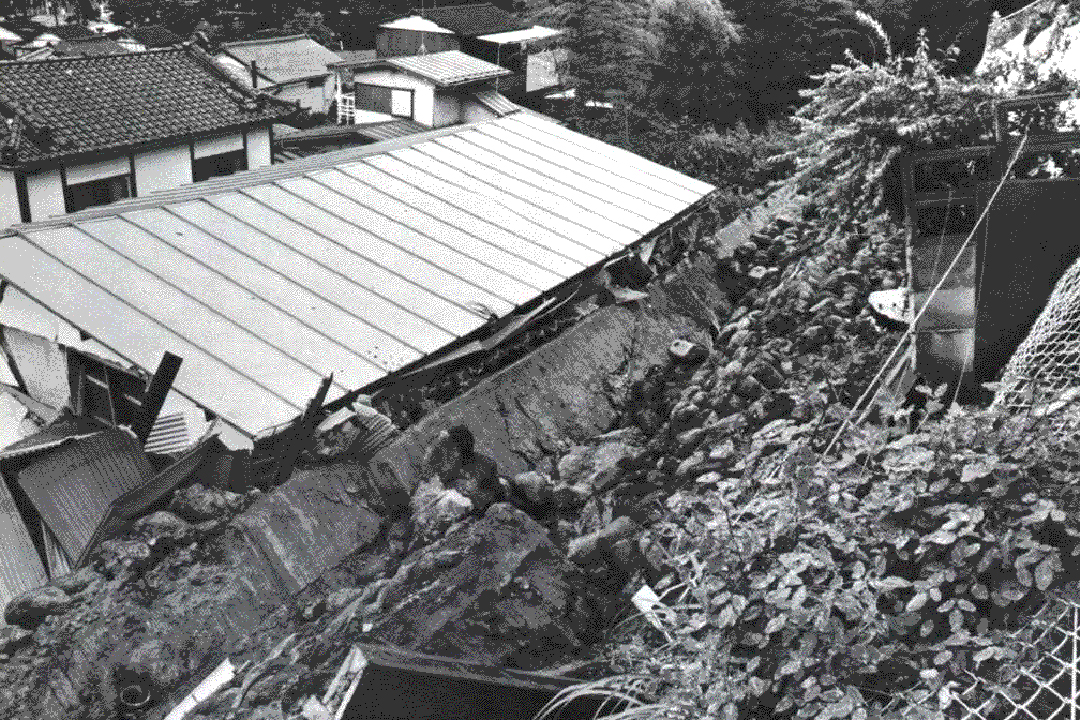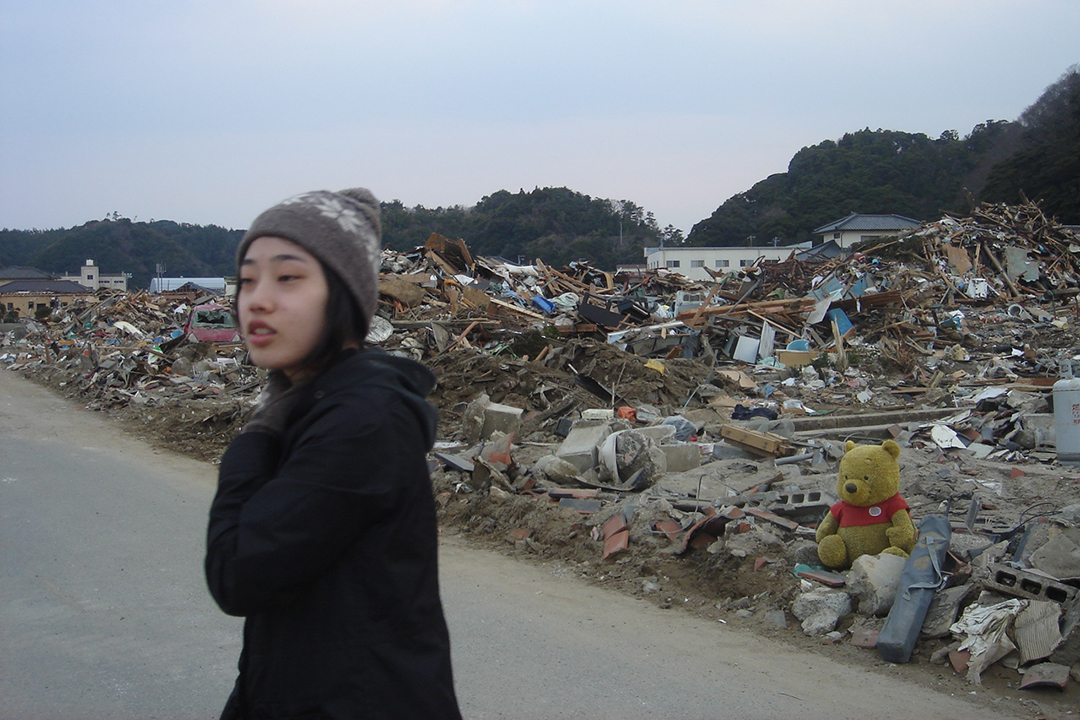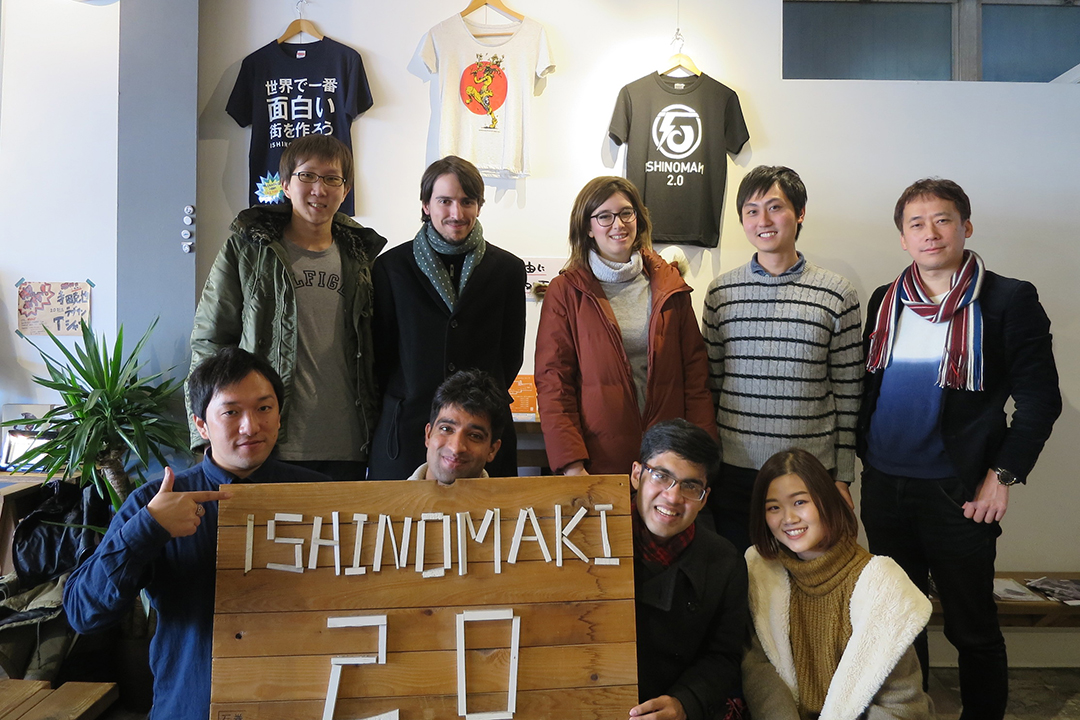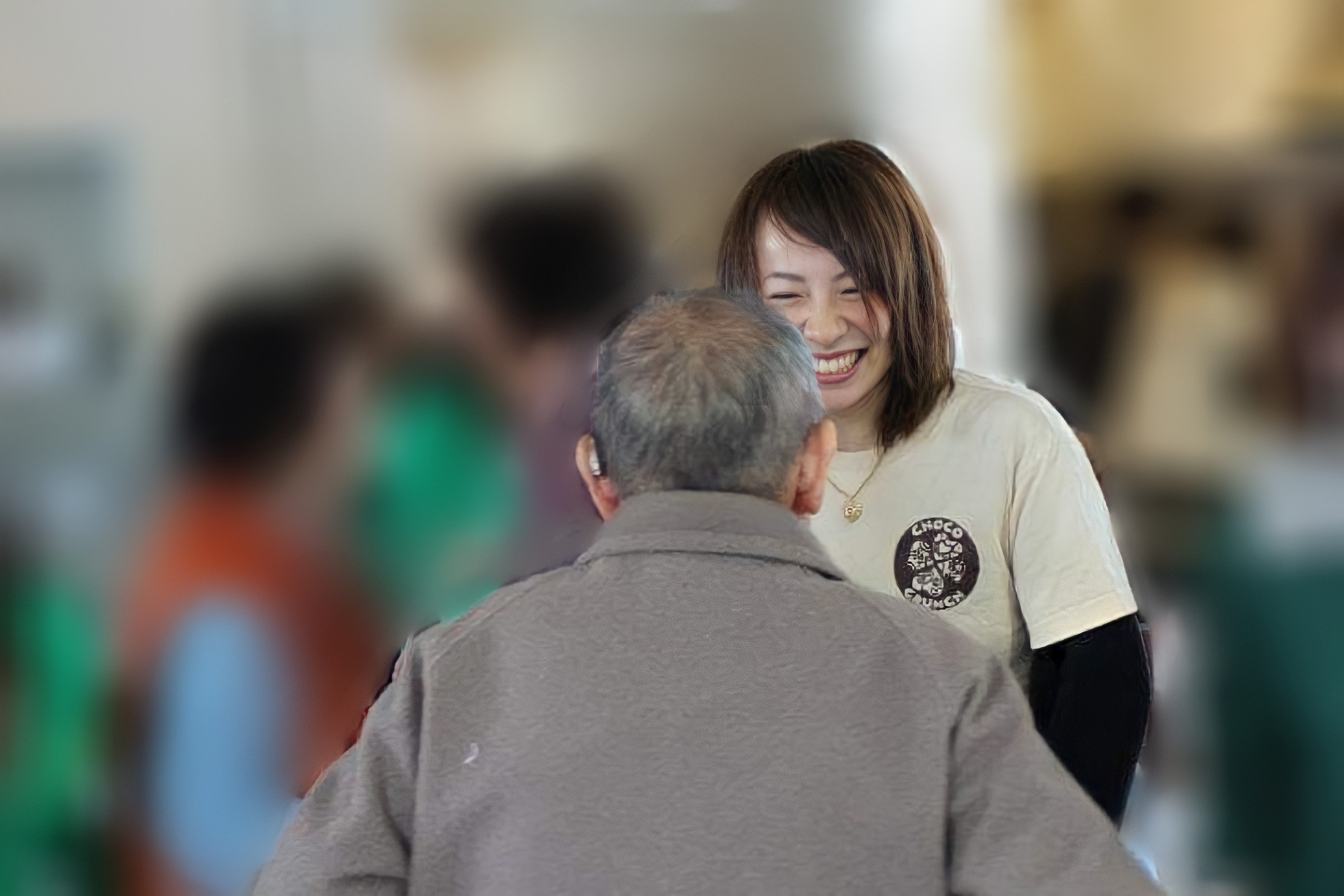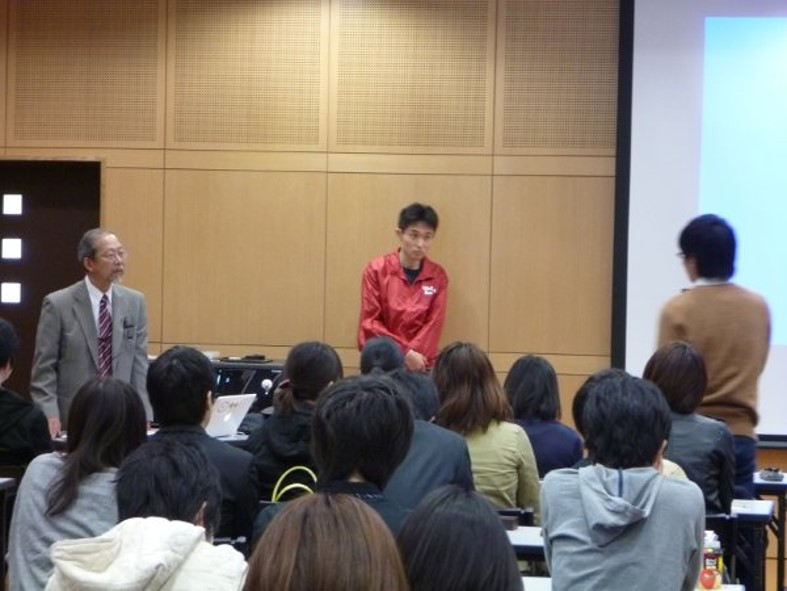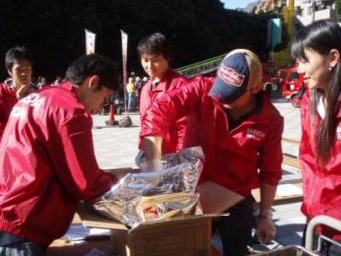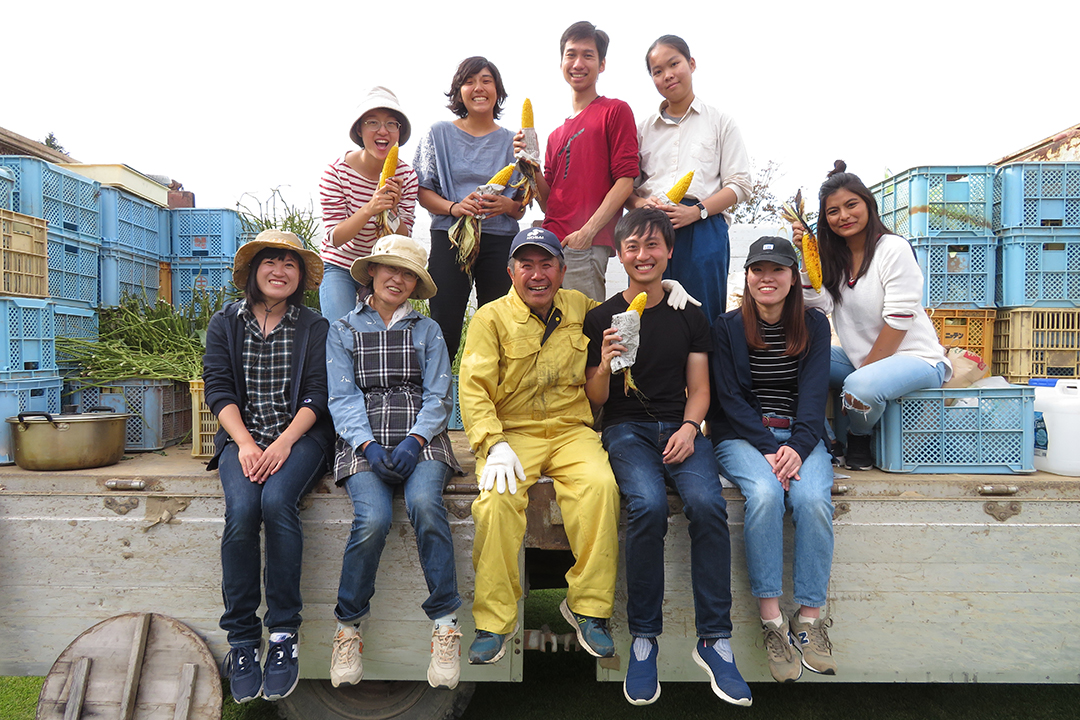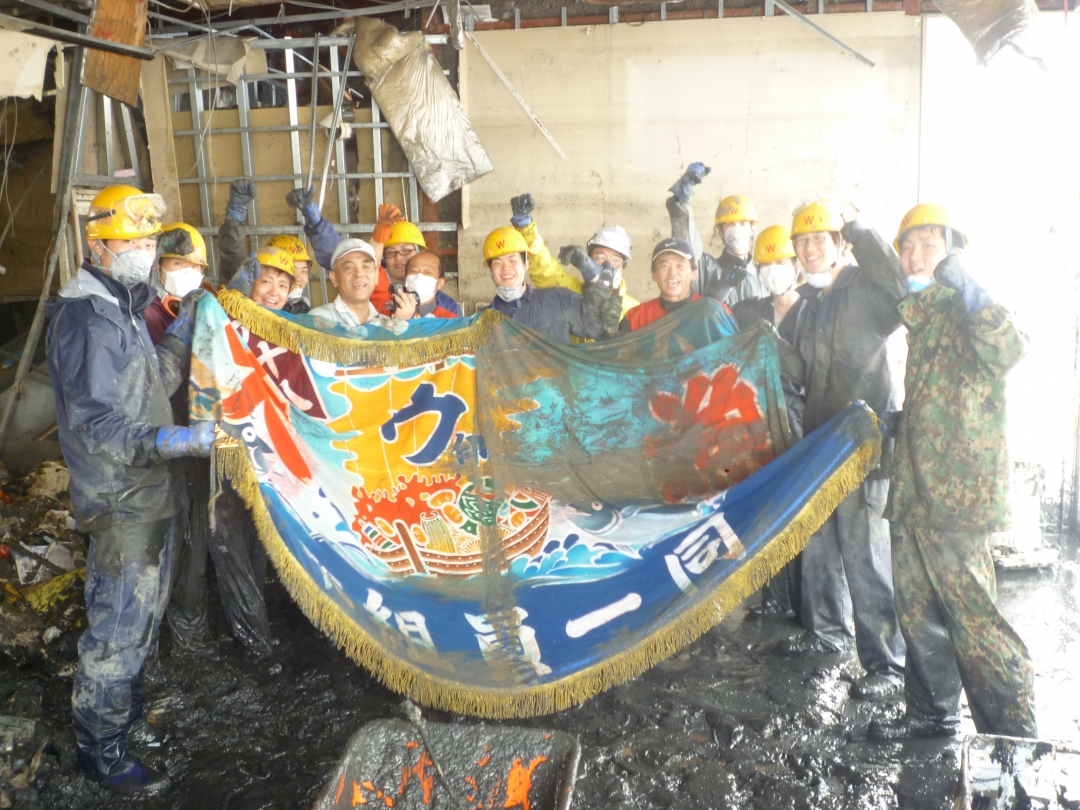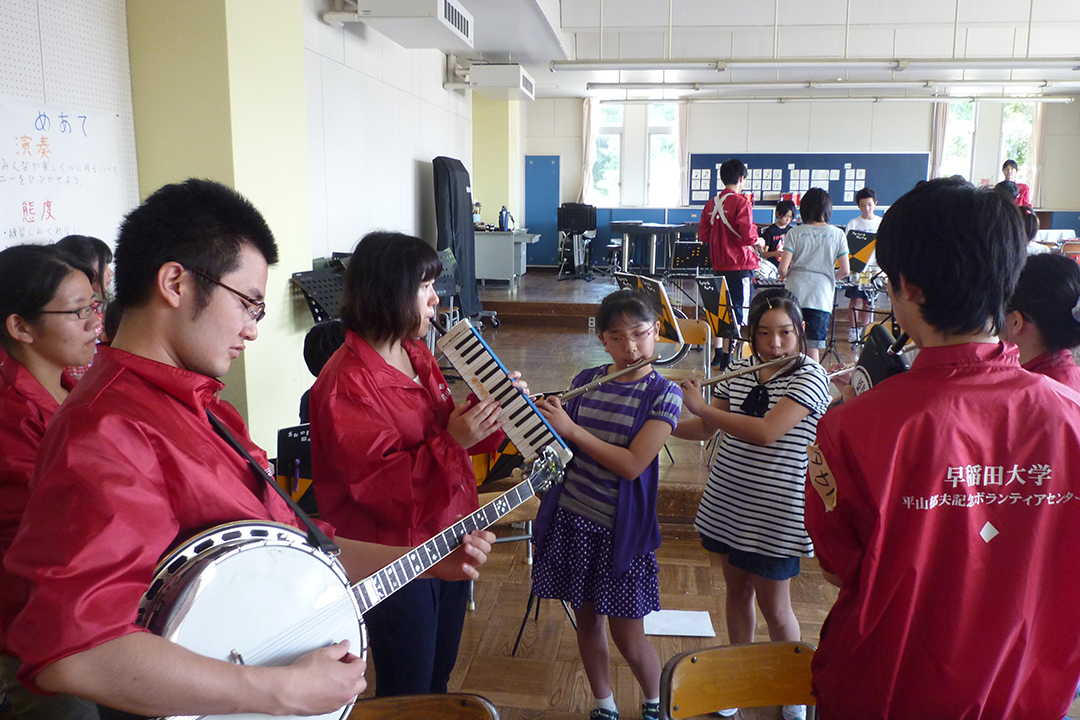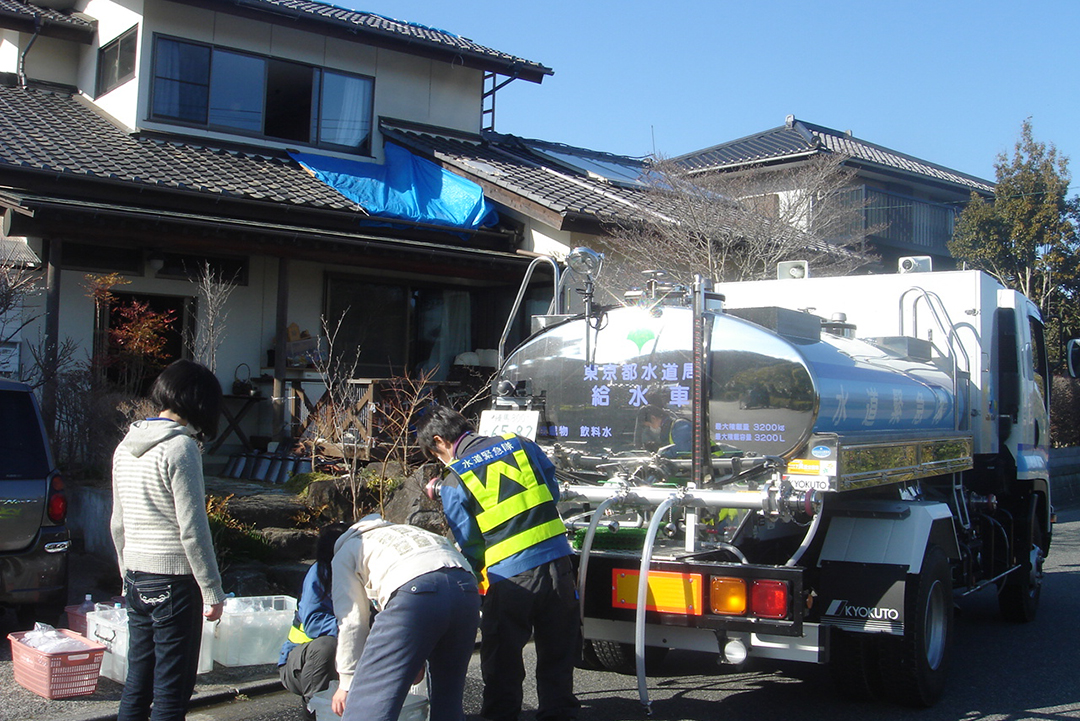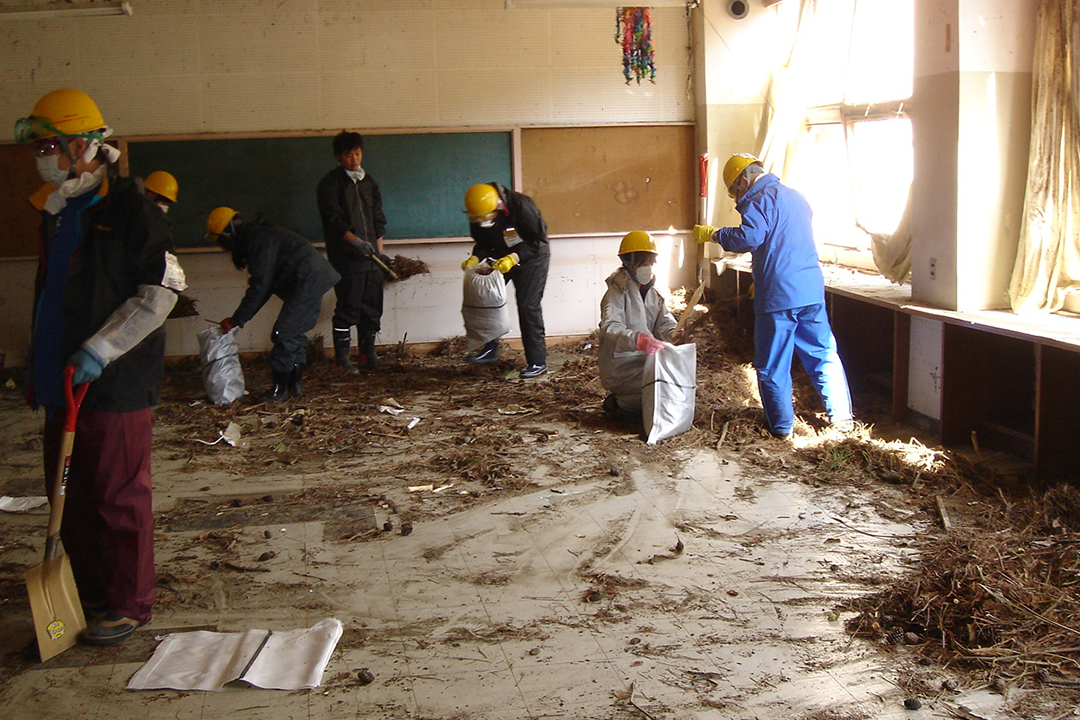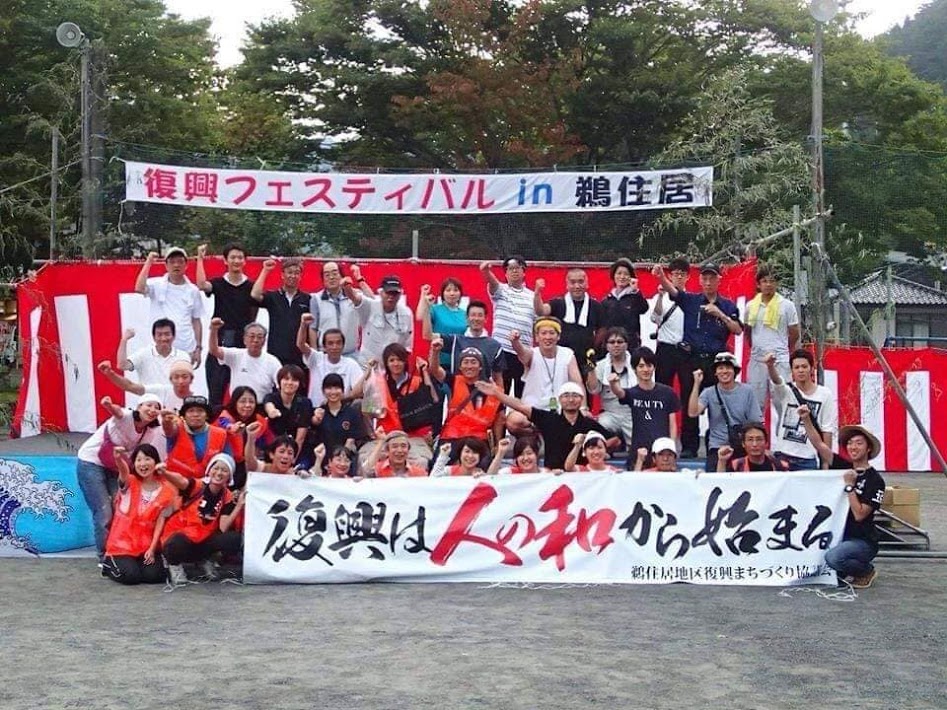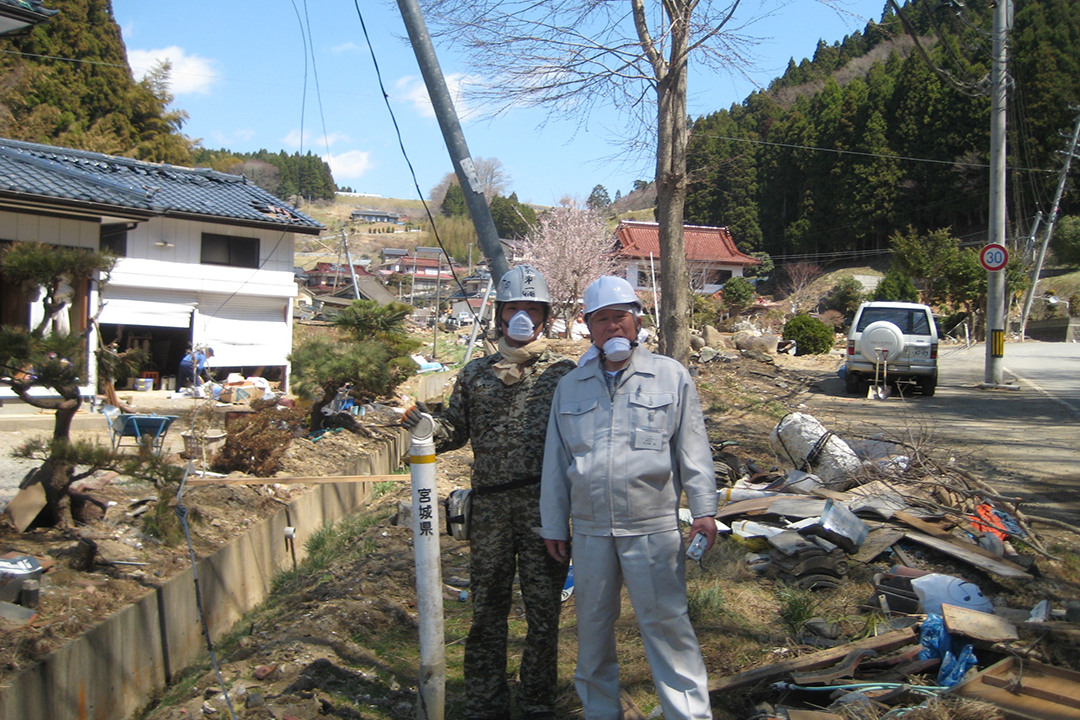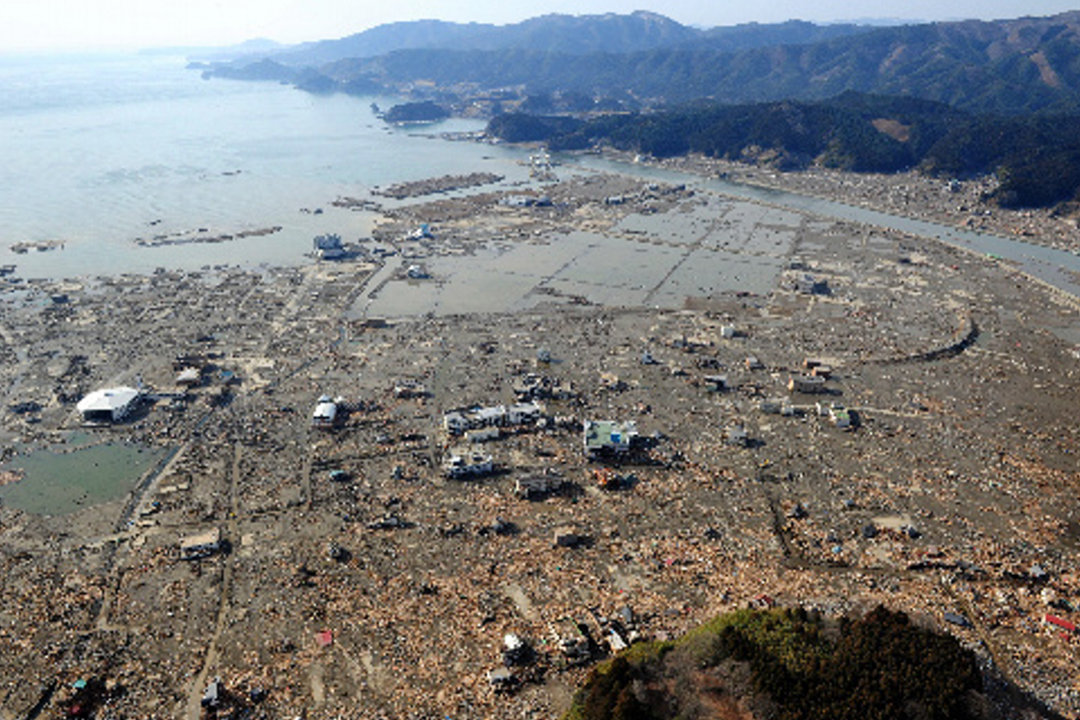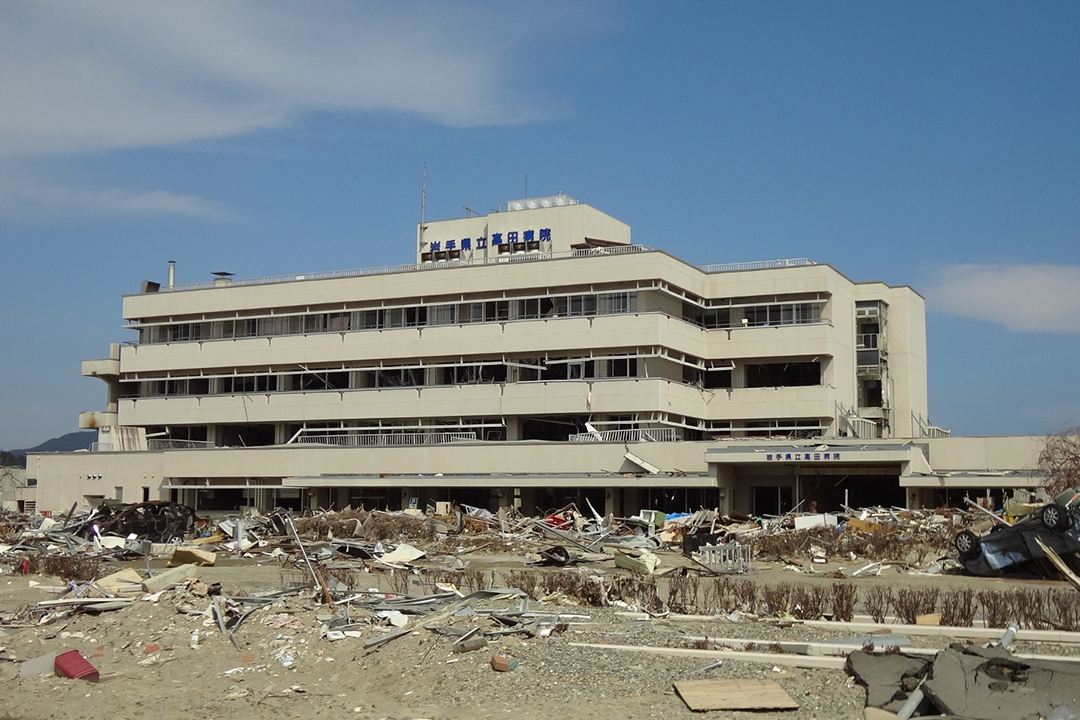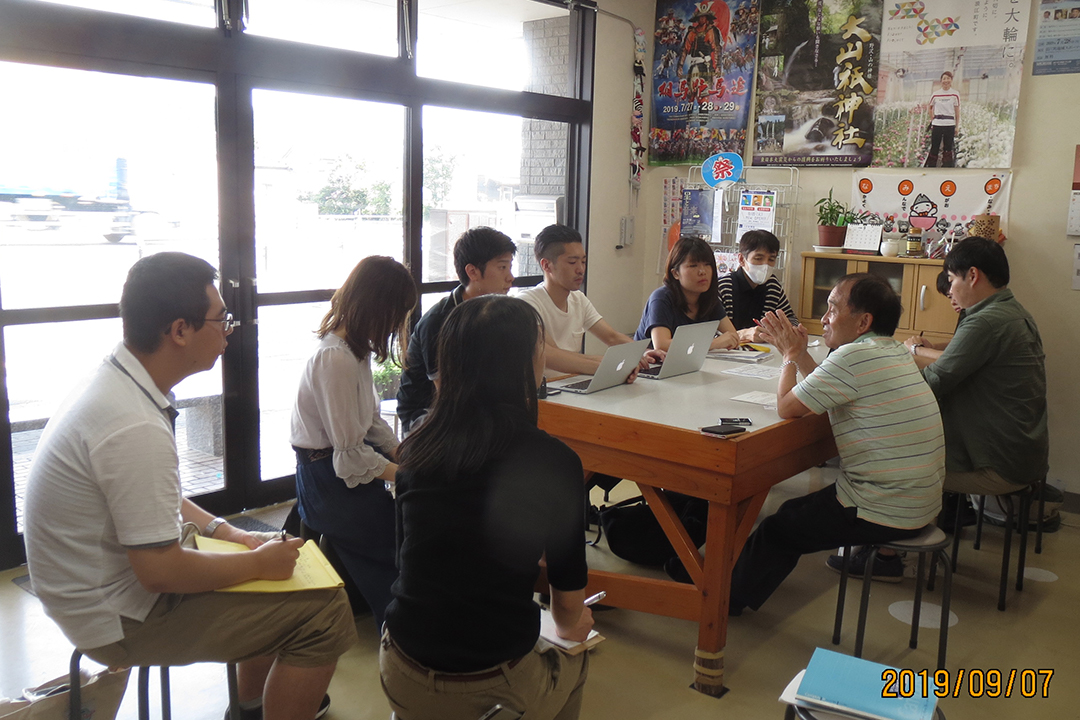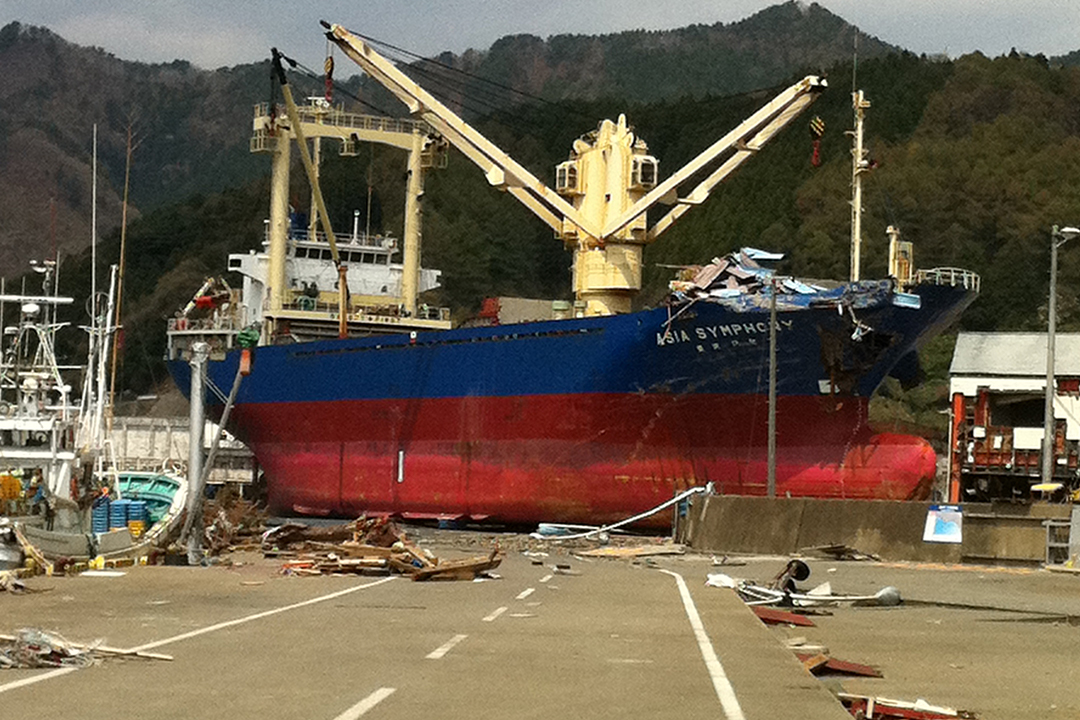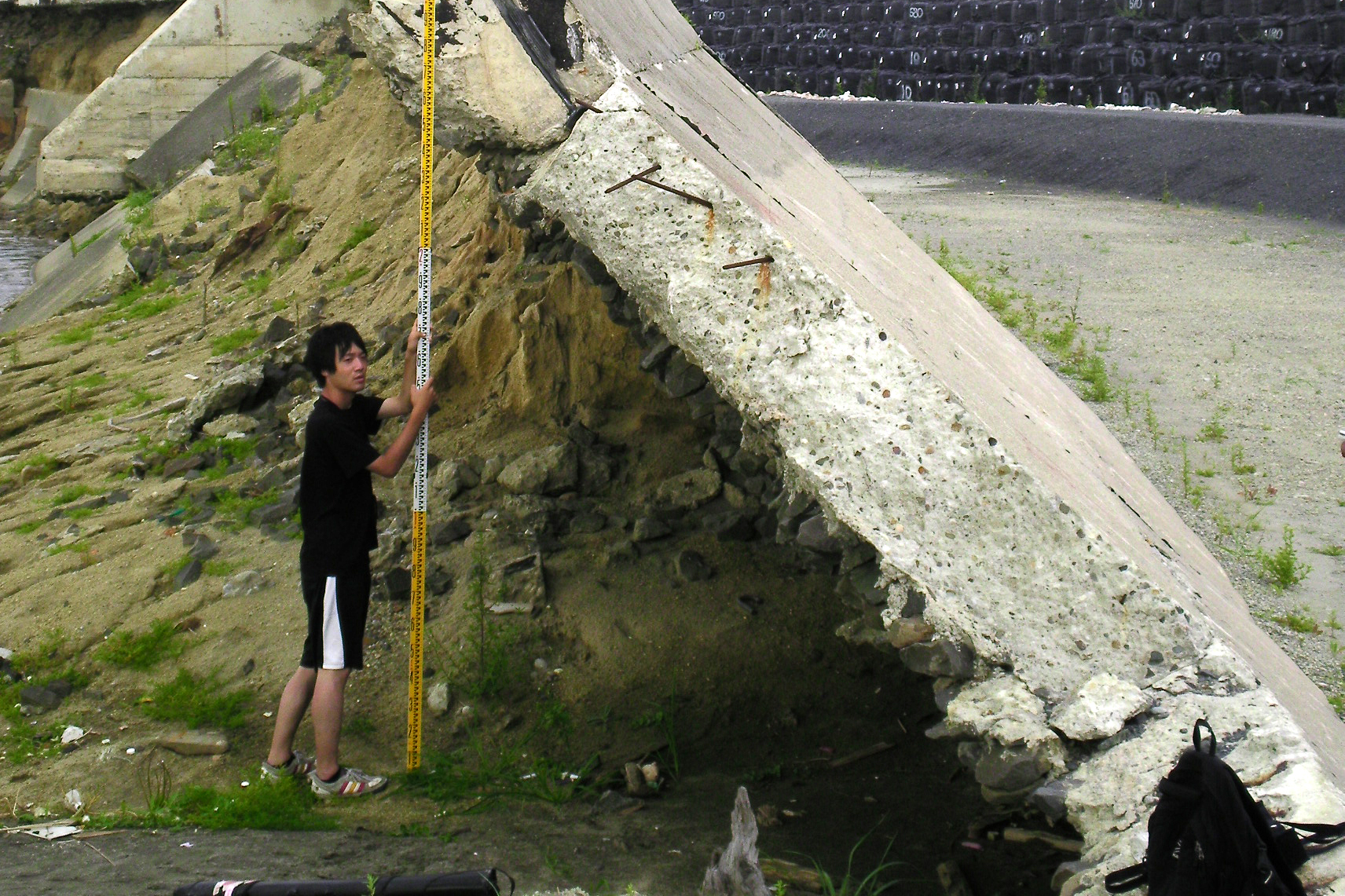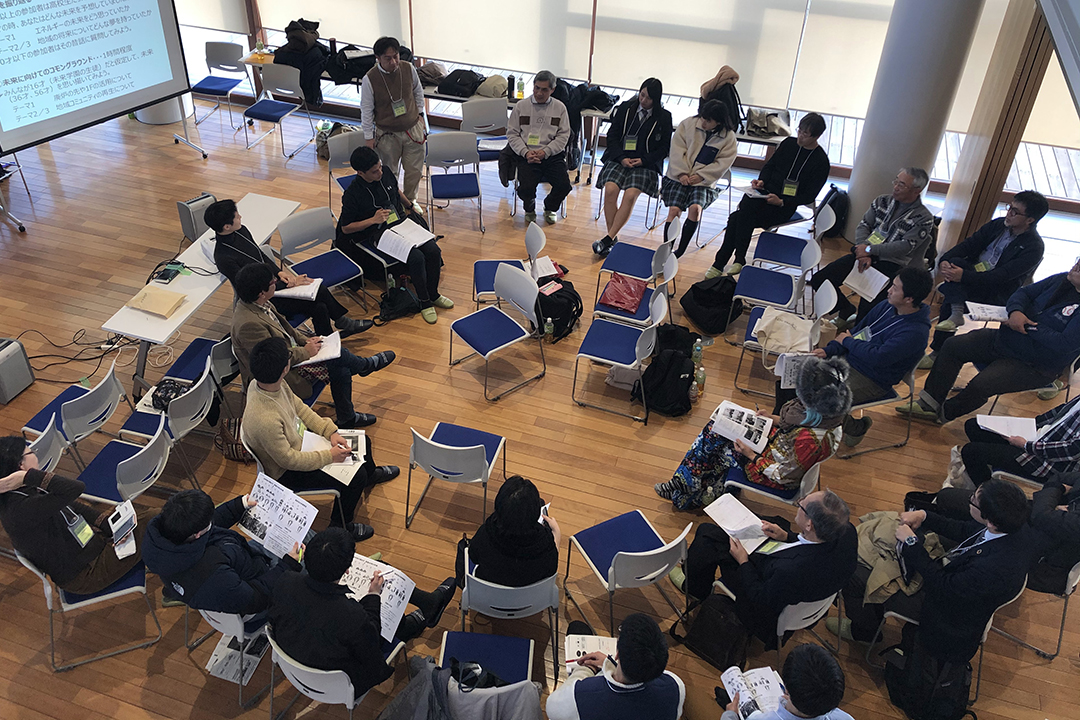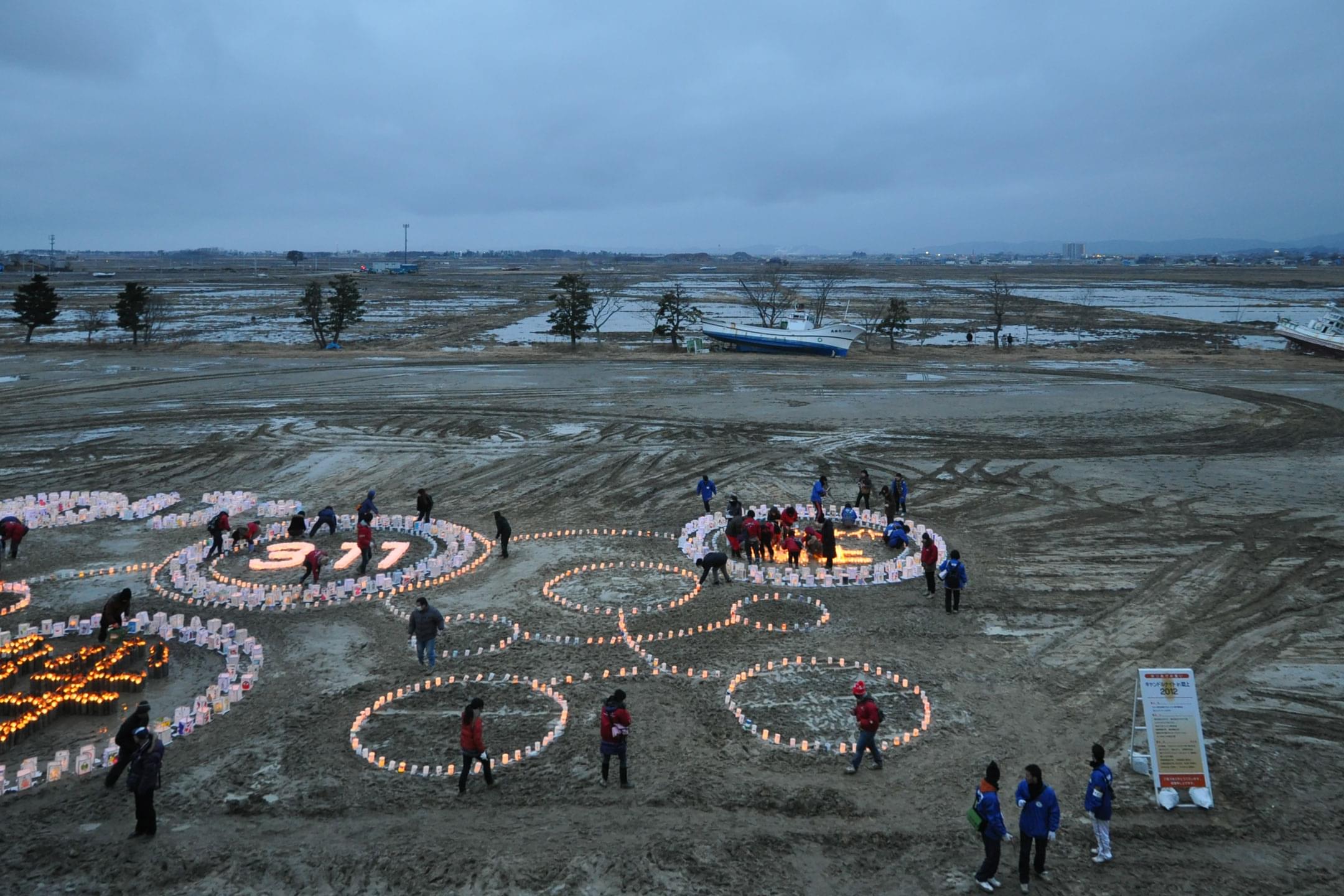
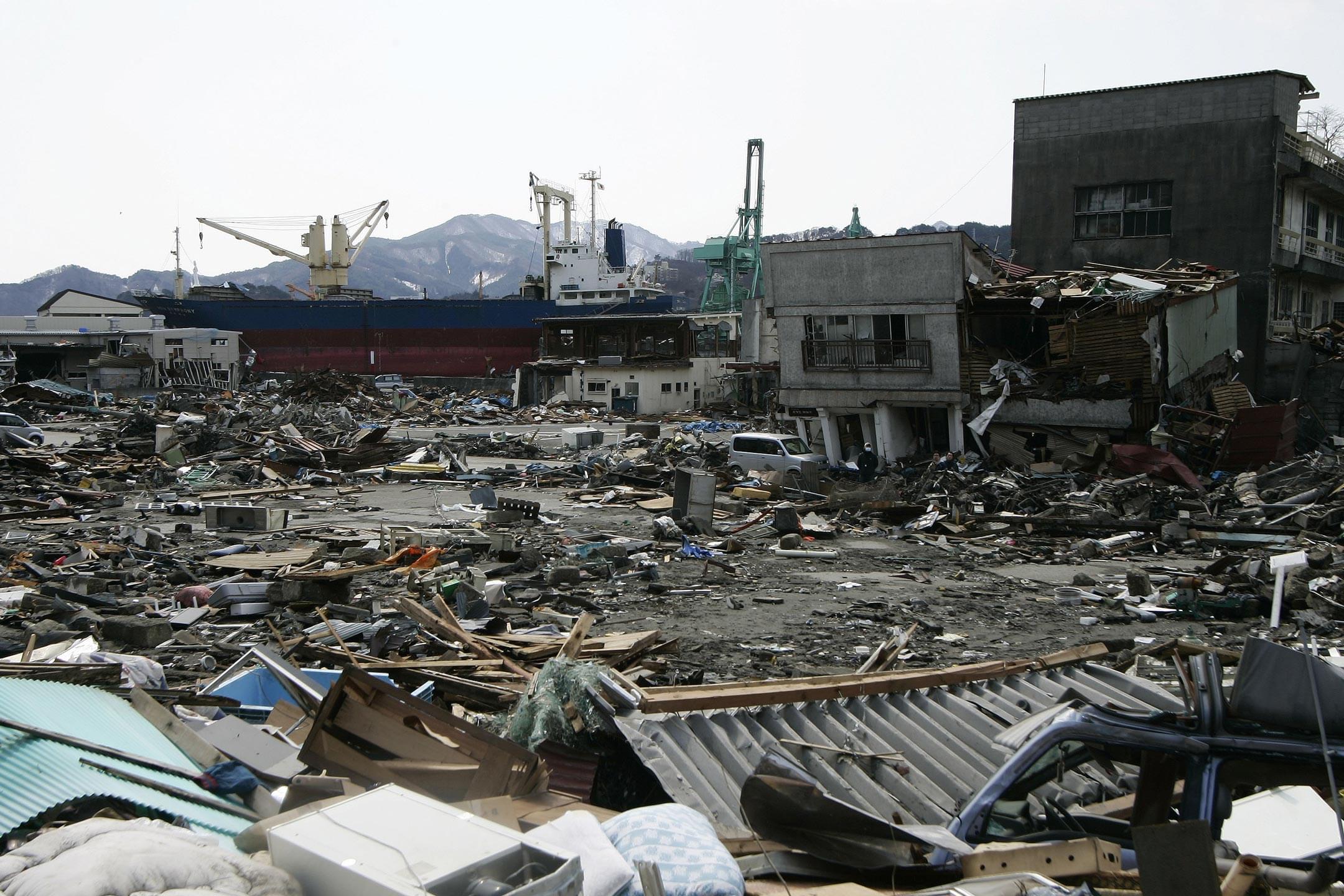
10 years has passed since the Tohoku earthquake and tsunami broke out.
Here at Waseda University, we are committed to not letting the tragic incident pass by as a memory.
Instead, we are employing the experience to contribute to education, research, restoration and the better good of society.
Timeline
Waseda at the time of disaster
Research
10 years of reconstruction and research
Inherit the past memories and
Employ them in research and technology
For the better good of society.
-
![Can Japan’s justice system really help disaster victims?]()
Can Japan’s justice system really help disaster victims?
Professor Takao Suami from Waseda Law School stated the following: “What the Great East Japan Earthquake has shown us is the fragility and idiosyncrasy of Japan’s justice system.” How has the law functioned in the Tohoku region? The following are opinions of the members of the legal aid project.
2021.03.16 -
![On the responsibility of sending student volunteers to disaster-stricken areas]()
On the responsibility of sending student volunteers to disaster-stricken areas
As WAVOC faculty members responsible for supervising students dispatched to disaster areas, Associate Professors Iwai and Hyodo expressed that they have sometimes struggled with the challenges of deciding “the extent to which volunteers can, as part of an educational program, contribute to relief efforts in disaster-stricken areas.” We asked these two faculty members to talk about how they think the university, as an educational institution, should be involved in reconstruction efforts.
2021.03.11 New
-
![Invoking the memories of the great tsunami to build a sustainable society]()
Invoking the memories of the great tsunami to build a sustainable society
The biggest lesson we learned was that people forgetting about such disasters and their aftermath would lead to future large-scale damage.” How then can we apply the lessons learned ten years ago to future tsunamis? Professor Shibayama talks about what can be done.
2021.03.11 New -
![How should society respond to the next catastrophe?]()
How should society respond to the next catastrophe?
The Great East Japan Earthquake has prompted us to reconsider society itself and ask questions such as, “What should we be aware of to be prepared for an event like this in the future?” We ask Professor Urano to discuss how to optimize regional disaster countermeasures.
2021.03.11 New
Coexistence
10 years of reconstruction and coexistence
From 2011 to 2021 and onwards.
Connect the experience from the appalling incident
Into future generations ahead.
-
![Life that opened up with Waseda following the Great East Japan Earthquake: Establishment of an NPO to facilitate psychological recovery]()
Life that opened up with Waseda following the Great East Japan Earthquake: Establishment of an NPO to facilitate psychological recovery
Harumi has supported the psychological recovery of over 5,000 people in the nine years since the launch of the NPO in 2011. She shares about the NPO’s activities toward reconstruction and how she came to Waseda University because of the earthquake.
2021.03.11 New -
![Connecting Local and Global: The triple disaster as seen by an international student from Singapore]()
Connecting Local and Global: The triple disaster as seen by an international student from Singapore
Dennis came to Japan as an international student and launched Boundless, a social business that connects regions in Japan and globally-minded individuals around the world to promote regional revitalization. He talks about his journey, the social issues Japanese regions face, and the future moving forward.
2021.03.11 New
-
![High school students I met through WAVOC Activities]()
High school students I met through WAVOC Activities
Aya, who has been involved in post-disaster recovery support, having experienced disaster herself, spoke frankly about her efforts up to now and what she has learned through her activities.
2021.03.11 New -
![A small yet life-changing step that opened a whole new world]()
A small yet life-changing step that opened a whole new world
“My experience at WAVOC influenced the choices I made in regards to my graduate education and career,” says Kasumi, who had no prior connection to the Tohoku region when the earthquake struck. Kasumi, who has been visiting the disaster area since the earthquake, discusses a choice she has made that changed her life.
2021.03.11 New
Data
Waseda and disaster in numbers
-
3,000
- Approximate number of people who had to spend their night on campus on March 11, 2011
- Around 1,000 stayed at the Okuma Auditorium.
- Blankets and food (e.g. bread, can food, etc.) were distributed to those who stayed on campus.
-
70,000
- Number of emergency kits stocked up
- Emergency kits were prepared based on the guidelines provided by the Tokyo government.
- Each emergency kit included one liter of water, six servings of biscuits and an emergency thermal blanket.
-
352M JPY
- Total amount of tuition fee waived for students from affected areas
- Including new and existing students between academic year 2011-2020 (449 applicants).
-
215M JPY
- Total amount of money raised by Waseda University and the Alumni Association
- Approximately 190,000,000 JPY was used to support Waseda students from affected areas and volunteering activities. (March 2011 – March 2013)
- Approximately 5,700,000 JPY was donated to the Japanese Red Cross Society to help victims from affected areas. (March – December 2011)
- Approximately 19,000,000 JPY was used to help Waseda alumni affected by the disaster. (March – December 2011)
-
8,749
- Number of volunteers
- Number of volunteers to affected areas by WAVOC from 2011 to 2019 (649 dispatches).
-
10
- Dos & Don'ts
-
- Sign up for volunteer insurance (disaster plan).
- Do not work around the clock.
- In disaster areas, partner with people you can trust.
- Be a sympathetic listener.
- Do not choose tasks that disaster victims can do themselves.
- Stop any activity you find upsetting.
- Be clear about your limits.
- Do not become too emotionally involved or overly sympathetic.
- When playing with children, do not go overboard trying to please them.
- Do not criticize volunteer operations management.
(Guidelines for student volunteers by WAVOC)
Facts & Photos
Record of reconstruction

















